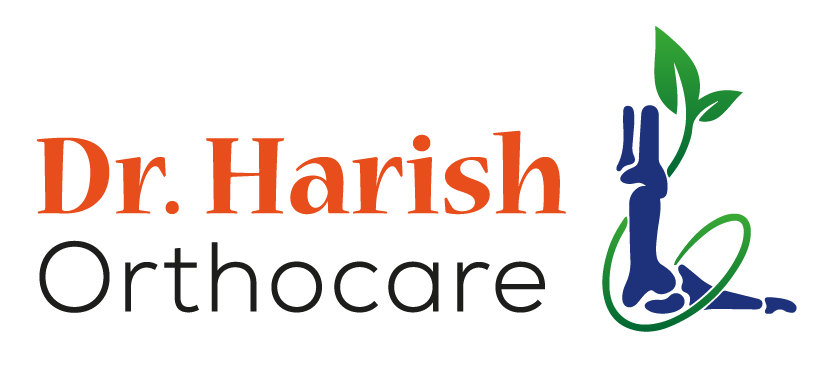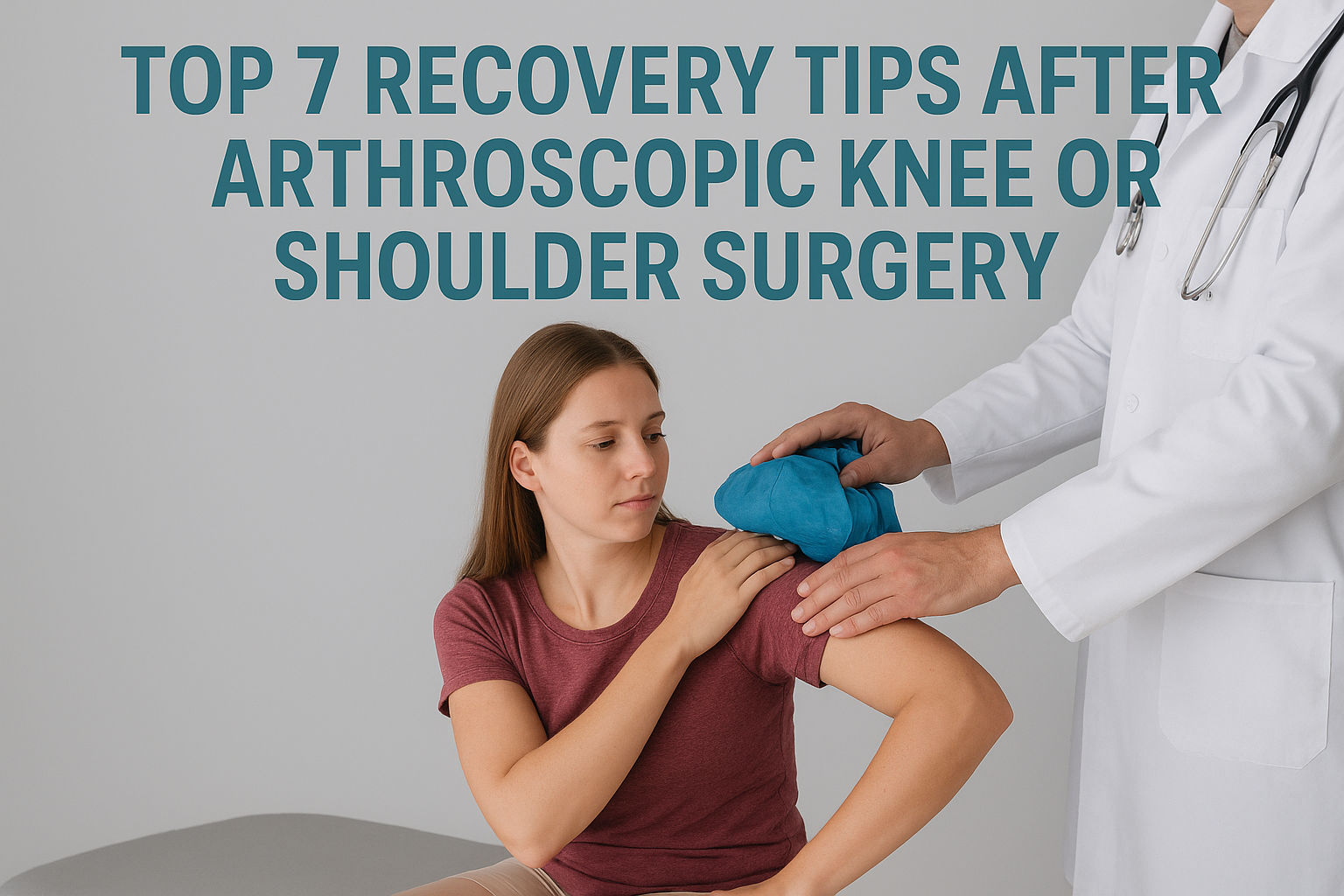Recovering from arthroscopic surgery can be challenging, especially when it involves major joints like the knee or shoulder. These minimally invasive procedures help repair damaged ligaments, tendons, and cartilage using small incisions. Although recovery is faster than open surgery, it still requires patience, care, and adherence to your doctor’s advice.
Following the right post-surgery routine helps restore strength, reduce pain, and get you back to your normal activities safely.
1. Follow Post-Operative Instructions Strictly
Your orthopedic surgeon’s guidance is the most crucial part of recovery. Every patient’s condition is different, so the prescribed care plan is designed specifically for your needs.
- Take prescribed medications on time to control pain and inflammation.
- Avoid removing bandages or dressings unless advised.
- Attend all scheduled follow-up visits for wound checkups and stitch removal.
- Avoid lifting heavy weights or sudden movements in the initial phase.
Strictly following these instructions can prevent complications and ensure your arthroscopic recovery progresses smoothly.
2. Manage Pain and Swelling the Right Way
After arthroscopic knee or shoulder surgery, some level of discomfort and swelling is normal. Effective pain control helps you stay active in your rehabilitation.
- Apply ice packs for 15–20 minutes several times a day.
- Keep the operated limb elevated to minimize swelling.
- Take only doctor-prescribed painkillers—avoid self-medication.
- Rest adequately to allow the tissues to heal properly.
Managing pain correctly prevents stiffness and speeds up joint mobility.
3. Maintain Proper Wound Care
Post-surgical wound care is essential to avoid infection and promote faster healing. Keeping the incision area clean and dry reduces the risk of bacterial growth.
- Do not soak the wound in water until your doctor approves.
- Change dressings as directed.
- Avoid applying lotions, creams, or powders near the incision site.
Monitoring for signs like redness, discharge, or unusual pain is key to detecting any early infection.
4. Begin Gentle Physiotherapy Early
Physical therapy after arthroscopy plays a vital role in recovery. Controlled movements help restore flexibility, balance, and strength.
- Start with basic range-of-motion exercises under a therapist’s supervision.
- Gradually increase the intensity as your strength improves.
- Do not skip scheduled therapy sessions.
- Follow home exercise routines consistently.
Early and safe movement ensures your joint rehabilitation stays on track.
5. Eat a Nutritious Diet to Support Healing
A balanced post-surgery diet can significantly enhance your body’s ability to recover. Nutrients fuel tissue repair and help reduce inflammation naturally.
- Include protein-rich foods like chicken, fish, eggs, and lentils.
- Eat fruits and vegetables loaded with vitamins C and E.
- Stay hydrated with plenty of water and natural juices.
- Avoid processed or oily foods that can slow down recovery.
Proper nutrition accelerates wound healing and boosts your energy levels during rehabilitation.
6. Avoid Overexertion and Sudden Movements
It’s natural to want to get back to your daily routine quickly, but overexertion can delay healing. Protect your knee joint or shoulder joint from strain until it’s strong enough.
- Avoid lifting heavy weights or performing strenuous activities.
- Take frequent breaks if you’re resuming work.
- Listen to your body—pain or fatigue means you need more rest.
Balancing rest and activity ensures safe and effective healing.
7. Attend Regular Follow-Up Appointments
Routine orthopedic follow-ups are essential for tracking your recovery progress. During these visits, your doctor can identify any issues early and adjust your rehabilitation plan.
- Discuss any pain, stiffness, or unusual swelling.
- Get updates on when you can resume sports or driving.
- Follow advice for long-term joint protection.
Timely checkups ensure your recovery stays smooth and complication-free.
Conclusion
Recovery after arthroscopic knee or shoulder surgery is a gradual journey that demands consistency, discipline, and patience. By following your doctor’s instructions, maintaining proper physiotherapy, eating healthy, and avoiding overexertion, you can regain joint mobility and strength effectively.
For complete post-surgery care and personalized rehabilitation plans, consult our Dr. Harish Orthocare.

